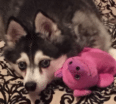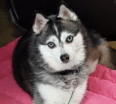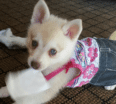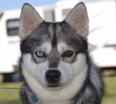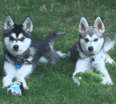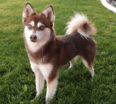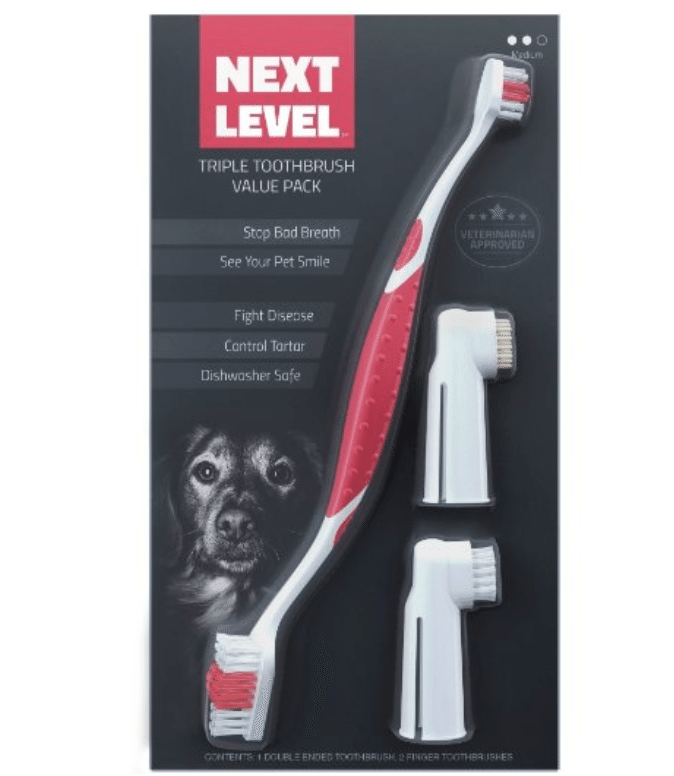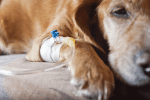How to Brush a Dog’s Teeth – The Essentials
It’s hard not to get busy with life in general. Unfortunately, this can cause some pet owners to unintentionally overlook their dog’s dental health―an unfortunate fact as dental disease is a widespread issue amongst pets.
In fact, the American Veterinary Dental College reports that most dogs start to show signs of periodontal disease by their third birthday.
But don’t worry, this can all be prevented by regularly brushing your dog’s teeth―a task which is actually quite simple, once you get the hang of it!
How to Brush a Dogs Teeth – Getting Started
First things first, you want your dog to get used to having things put in his mouth.
For example, you can gently touch their lips with your fingers. Remember to reward them with treats for a job well done.
You can also ease your dog into the habit of brushing by having him lick off some doggy toothpaste from your finger.
Just remember to use toothpaste that’s specially made for dogs (like the highly regarded Petrodex Enzymatic Doggy Toothpaste). It shouldn’t take more than a couple of days for him to get used to the taste and texture.
Petrodex Enzymatic Doggy Toothpaste |
 This specially formulated doggy toothpaste will not only help prevent the buildup of plaque, but it will also help get rid of bad breath! This specially formulated doggy toothpaste will not only help prevent the buildup of plaque, but it will also help get rid of bad breath!
|
If your dog doesn’t seem to care for the toothpaste after a few offerings, try giving him a different flavour―you’d be surprised to know what kind of choices are available!
When you’re first starting, try to find a time of day when your dog is relaxed to brush his teeth.
Don’t try to introduce your dog to tooth brushing when he is tired, anxious, hungry, or irritable as that can make things more difficult.
How to Brush a Dogs Teeth – Choosing a Toothbrush
The type of toothbrush you use on your dog is entirely up to you. While there are toothbrushes made for dogs, some people choose to use soft-bristled baby toothbrushes or finger brushes. It may take a few tries to find a brush that works best for you and your dog.
Choosing a Toothbrush for Large Breed Dogs
If you have a large breed dog, you may need a large angled toothbrush in order to reach the teeth at the back of your dog’s mouth.
Duke’s Pet Products makes a double-sided 8 1/2-inch toothbrush that’s particularly handy for St. Bernards, German Shepherds, and other large breeds.
Choosing a Toothbrush for Smaller/Medium Dogs
For owners of small breed dogs, a small toothbrush or finger brush may work better than standard toothbrushes.
For example, you can try using the dog toothbrush kit by Next Level Pet. It comes with two finger brushes as well as a double-sided toothbrush so you can get the best fit for you pup.
Medium size dog breeds have plenty of options at their disposal. Ultimately, the best toothbrush choice will come down to what you and Fido prefer.
Getting Your Pet Used to the Idea of Teeth Brushing
When you and your dog are ready to begin brushing, make sure the two of you are comfortable– both emotionally and physically. Avoid holding your dog down or taking any stance that may make him feel threatened.
If he seems relaxed enough, rub your finger over his teeth and upper gums.
This will help him get used to having something rub against his teeth. Don’t be discouraged if you have to try this a few times before he is comfortable enough to use a toothbrush.
How to Brush a Dogs Teeth – The Actual Brushing
Once your dog has given you the green light to go ahead with brushing, lift his upper lip and gently brush in a circular motion. You will need to angle the toothbrush slightly so that the bristles clean both his teeth and gum line.
Don’t be concerned if there is a little bleeding at first. If the bleeding persists or gets heavier, however, you should speak to your vet.
As you clean your dog’s teeth, remember to give continuous reassurance and praise.
Petting his fur, scratching his ear, and telling him how good he’s behaving will help him to stay calm. When you are finished, don’t forget to give him a reward to reinforce positive feelings about the experience.
Before long, brushing your dog’s teeth should be a pleasant routine for both of you.


